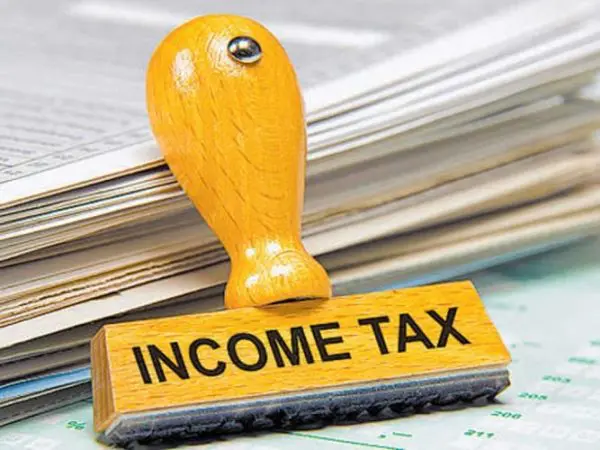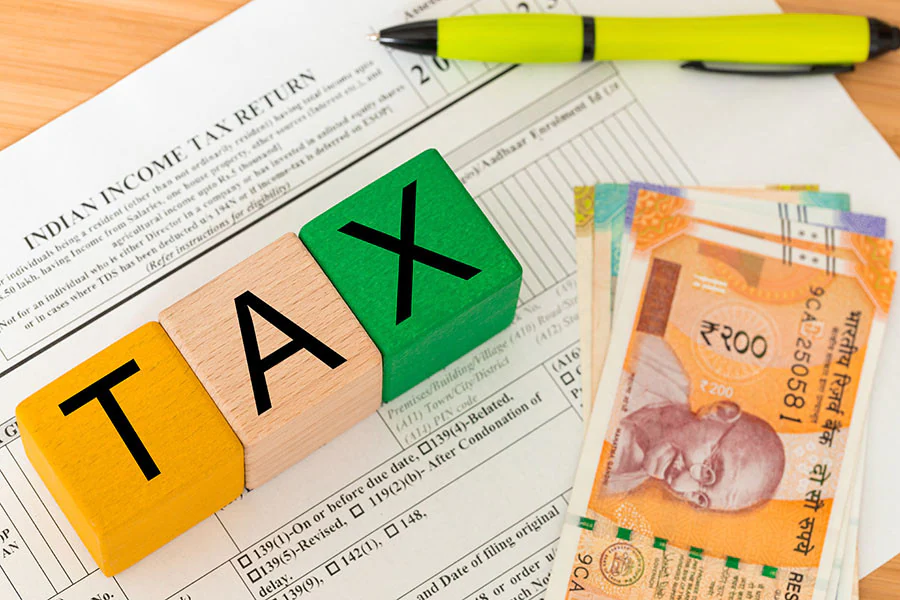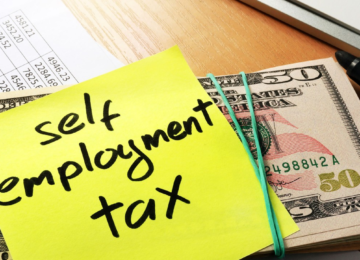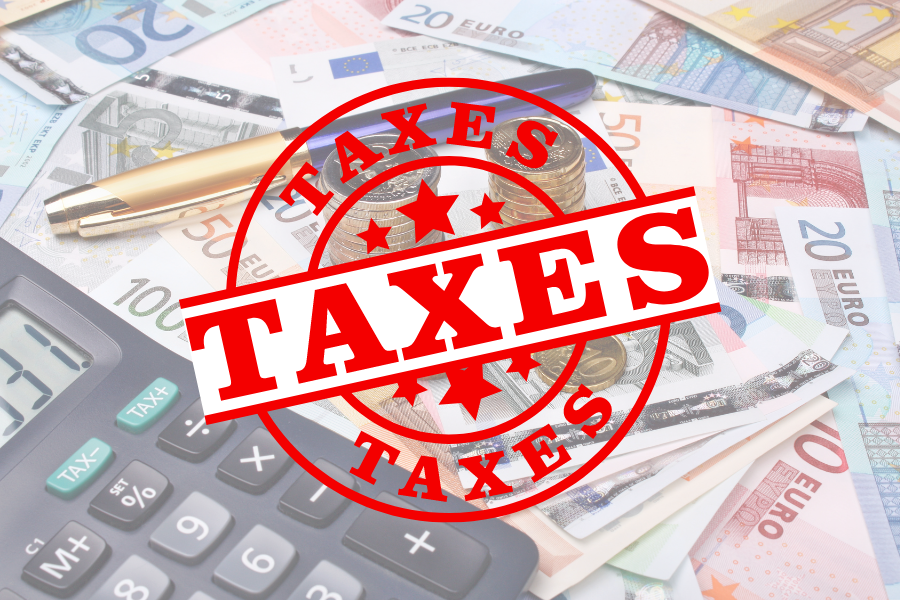Navigating the world of self-employment offers numerous benefits, including the freedom to work on your terms. However, it also comes with its own set of challenges, particularly when it comes to taxes. Understanding how self-employed taxes work is crucial to staying compliant with the IRS and avoiding unnecessary penalties. This guide will break down everything you need to know about self-employed taxes, ensuring you’re well-prepared come tax season.

Understanding Self-Employed Taxes
When you’re self-employed, you’re both the employer and the employee, which means you’re responsible for covering the entirety of Social Security and Medicare taxes. Unlike traditional employees who have these taxes withheld from their paychecks, self-employed individuals must pay both the employee and employer portions, commonly referred to as the self-employment tax.
What is the Self-Employment Tax?
The self-employment tax rate is currently 15.3%, which consists of two parts:
- 12.4% for Social Security: This covers the social safety net benefits you’ll receive in retirement.
- 2.9% for Medicare: This funds your healthcare coverage once you’re eligible.
This tax is in addition to your federal income tax, and depending on your state, you might also owe state income taxes.
Calculating Your Self-Employment Tax
To calculate your self-employment tax, you’ll first need to determine your net earnings from self-employment. Net earnings are calculated by subtracting your business expenses from your gross income. Once you have your net earnings, you multiply this amount by 92.35% (this is because you can deduct the employer portion of the tax from your income). The result is the amount subject to self-employment tax.
Example Calculation
If your net earnings from self-employment are $50,000, here’s how you’d calculate your self-employment tax:
- $50,000 x 92.35% = $46,175
- $46,175 x 15.3% = $7,064.78
In this example, you’d owe $7,064.78 in self-employment tax, in addition to your federal income tax.
Deductions and Credits for the Self-Employed
One of the perks of being self-employed is the ability to take advantage of various deductions and credits, which can significantly lower your taxable income.
Home Office Deduction
If you use a portion of your home exclusively for business, you may qualify for the home office deduction. This can include a percentage of your rent or mortgage, utilities, and maintenance costs.
Business Expenses
Self-employed individuals can deduct a wide range of business expenses, including:
- Supplies and equipment: Anything necessary for running your business.
- Travel expenses: Costs incurred while traveling for business purposes, such as airfare, hotels, and meals.
- Marketing and advertising: Expenses related to promoting your business.
- Health insurance premiums: If you pay for your own health insurance, this can be a significant deduction.
Retirement Contributions
Contributing to a retirement plan, such as a SEP IRA or Solo 401(k), not only secures your financial future but also provides an immediate tax benefit by reducing your taxable income.
Quarterly Estimated Taxes
As a self-employed individual, you’re required to make quarterly estimated tax payments to the IRS. These payments are your way of paying your taxes throughout the year, rather than waiting until tax season. If you fail to make these payments, you could face penalties.
How to Calculate Quarterly Payments
To calculate your quarterly payments, estimate your annual income and tax liability, then divide by four. It’s essential to keep track of your income and expenses throughout the year to adjust your estimated payments as needed.
Preparing and Filing Your Taxes
When it’s time to file your taxes, you’ll need to complete several forms:
- Form 1040: The standard individual tax return form.
- Schedule C (Form 1040): Reports income or loss from your business.
- Schedule SE (Form 1040): Calculates your self-employment tax.
Using tax software or working with a tax professional can make the process smoother and ensure you’re not missing any deductions or credits.
Conclusion
Handling self-employed taxes can be daunting, but understanding the basics and staying organized throughout the year can help you manage your tax obligations effectively. By taking advantage of deductions and credits, making timely estimated tax payments, and keeping detailed records, you can minimize your tax burden and focus on growing your business.











